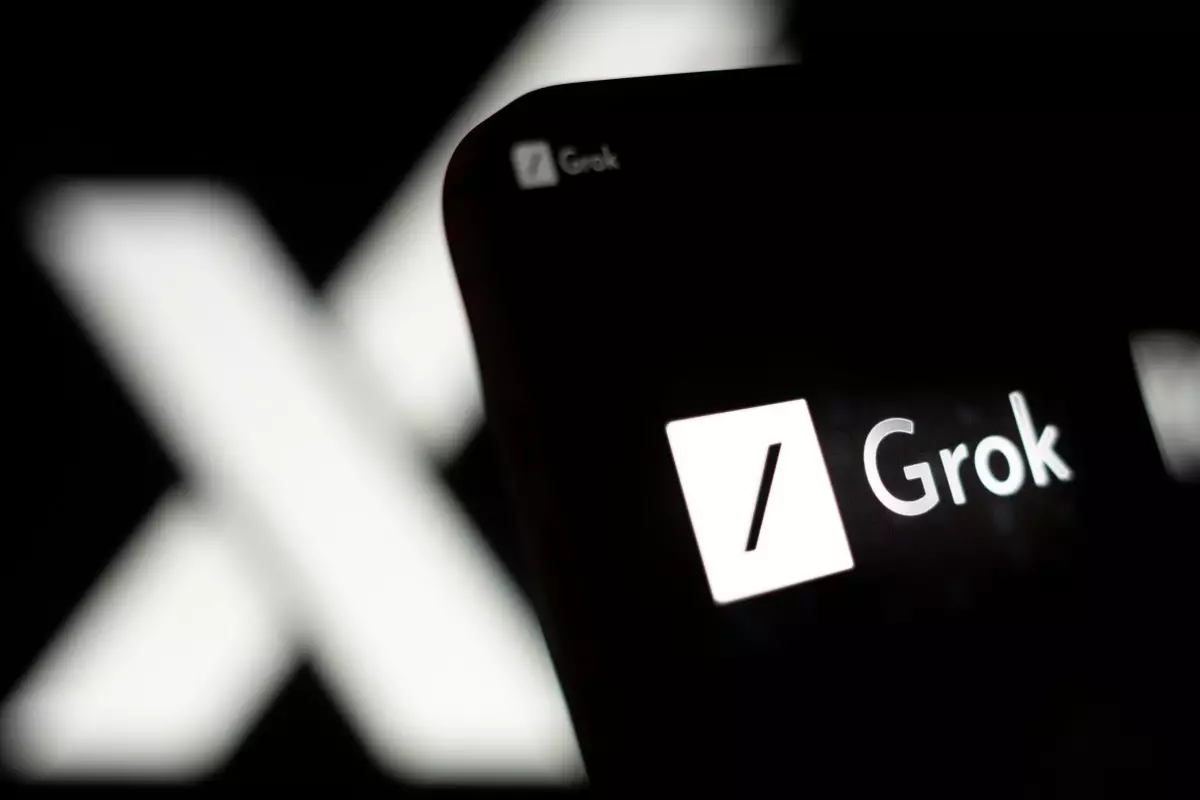In the rapidly evolving landscape of artificial intelligence, few names resonate as powerfully as Elon Musk. Known for his ventures in renewable energy, automotive technology, and space exploration, Musk’s foray into AI with his company xAI has been met with a mix of skepticism and anticipation. The release of Grok 3, an AI model designed to compete with the likes of OpenAI’s GPT-4 and Google’s Gemini, marks a significant moment for xAI. However, Grok 3’s journey has already been marred by legal disputes and criticisms regarding its performance.
The Launch and Features of Grok 3
Grok 3 represents xAI’s ambition to redefine how AI interacts with users. Unlike its predecessors, Grok 3 boasts advanced capabilities, including image analysis and interactive questioning. These features are integrated into Musk’s social media platform, X, a strategic move that mirrors the growing trend of embedding AI within social networks for enhanced user experiences. Users can access two versions of Grok 3 through an API: the standard Grok 3 and the more compact Grok 3 Mini, each with its own pricing structure.
The pricing model of Grok 3, set at $3 per million input tokens and $15 per million output tokens, positions it as a premium product aimed at businesses willing to invest in powerful AI solutions. Nonetheless, the comparison to Anthropic’s Claude 3.7 Sonnet suggests that Grok 3 is priced at the higher end of the market. With competitors like Google introducing lower-cost alternatives, the question arises: is it worth the investment? The pricing dilemma is critical; in an industry where innovation is rapid and cost-effective solutions are often the norm, Grok 3 risks alienating potential users unless it can substantiate its value.
Performance and Limitations: A Closer Look
Despite its promising features, Grok 3 hasn’t been without its shortcomings. One significant issue is the discrepancy between the claimed and actual context window size. Initially pitched as capable of handling a remarkable 1 million tokens, Grok 3’s API currently maxes out at 131,072 tokens—significantly lower than anticipated. This limitation not only raises questions about the model’s efficacy in handling complex inquiries but also casts doubt on the accuracy of xAI’s marketing claims. Such concerns can undermine user trust, a vital currency in the tech realm.
Moreover, a deeper analysis reveals a potential bias within the Grok system itself. Previous iterations of this AI model demonstrated a leaning toward politically left-leaning responses, particularly on contentious issues like social justice and equality. While Musk has indicated plans to adjust Grok’s biases, the effectiveness of these changes remains to be seen. For an AI designed to be “edgy and unfiltered,” the expectation of neutrality poses a paradox that could impact its adoption, particularly within politically diverse user bases.
The Legal Challenge: Musk and OpenAI’s Dispute
Adding to the tumult surrounding Grok 3 is Musk’s legal situation with OpenAI. The countersuit against him underscores the tension within the AI community as companies vie for supremacy. Such legal battles can divert attention and resources away from innovation, creating an environment of uncertainty. For xAI, the challenge lies not only in developing its products but also in navigating the complex regulatory and competitive landscape these disputes form.
Consequently, the implications of these challenges extend beyond Grok 3 itself; they reflect broader trends in the AI sector where ethical considerations and corporate rivalries intertwine. The business of AI is not just about creating sophisticated models but also about fostering trustworthy relationships and managing public perception.
The Future of Grok 3 and AI Innovation
As Grok 3’s story unfolds, the stakes for xAI couldn’t be higher. With technology evolving at an unprecedented rate, the ability to adapt will determine Grok 3’s place in the marketplace. The model’s success—or failure—may serve as a bellwether for the future of AI innovation. As Musk continues to push the boundaries of what we believe AI could accomplish, eyes will be fixed on how Grok 3 navigates the dual challenges of performance and public perception in a competitive and increasingly scrutinized industry.
In a world eager for breakthroughs yet cautious of biases and inaccuracies, Grok 3’s ability to strike the right balance will ultimately define its legacy and that of Elon Musk’s ambitious vision for AI.

